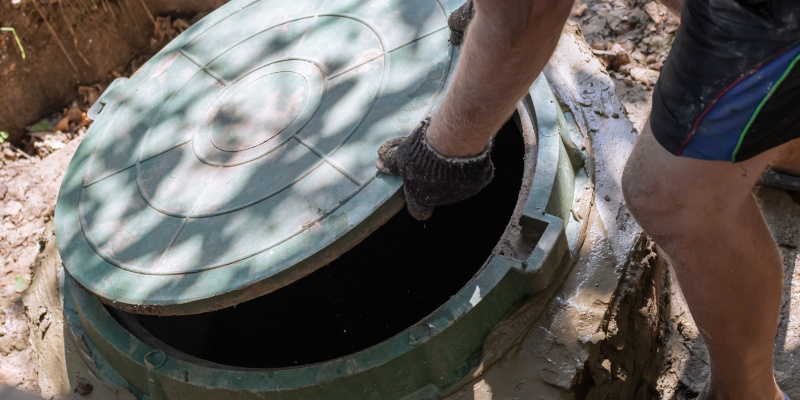Usually, septic inspections happen a couple of years apart from each other, so even if this isn’t your first time getting an inspection, you may still be fuzzy on the actual details from last time. If nothing has gone wrong in your septic system, it is often not the customer’s job to know what is going on while we work in their yard and sort through their pipes.

But sometimes things are wrong in your septic system — or maybe you’re just curious! Whenever the case, most septic inspections follow a similar checklist to ensure that everything is working as it should:
- Leak Checks. If there are any leaks in the system, septic inspections are meant to catch them so that you know they need to be fixed before they cause any real problems.
- Pipe Condition Assessment. Similarly, you need to know if some of your piping will need to be replaced soon. We don’t just tell you if a pipe is actively broken right at that moment, though. A septic inspection will also look for signs of corrosion and damage that might become problems later on, so that you can plan accordingly for repairs.
- Measuring your liquid level. Septic tanks should have a certain amount of liquid in them. Otherwise, they can’t perform their jobs properly. We measure the levels to make sure there isn’t too much or too little.
Once we have identified problem areas and given an assessment of the overall health of your septic system, we will report our findings to you so that you can make an informed decision about what repairs you need to plan in the near future.
